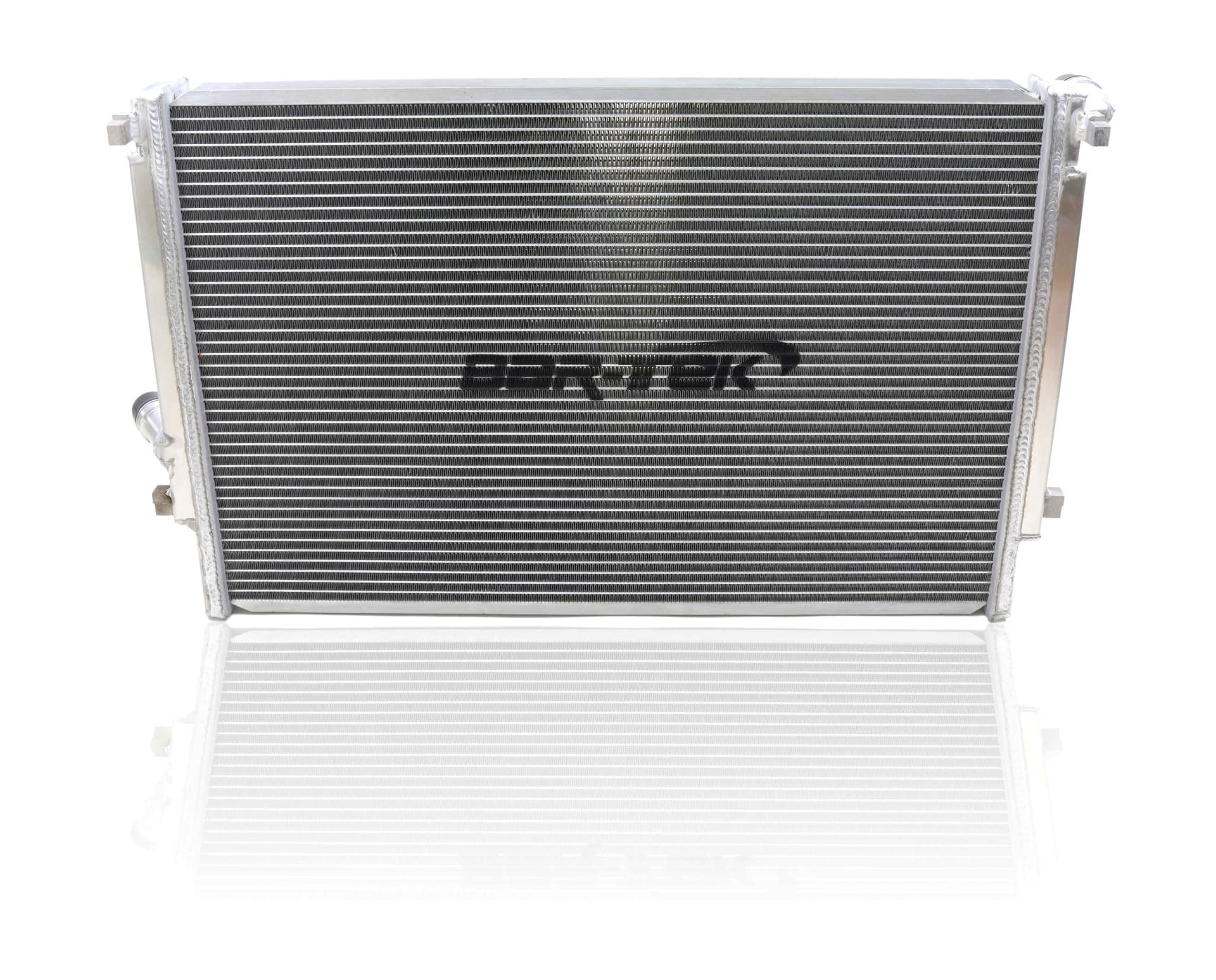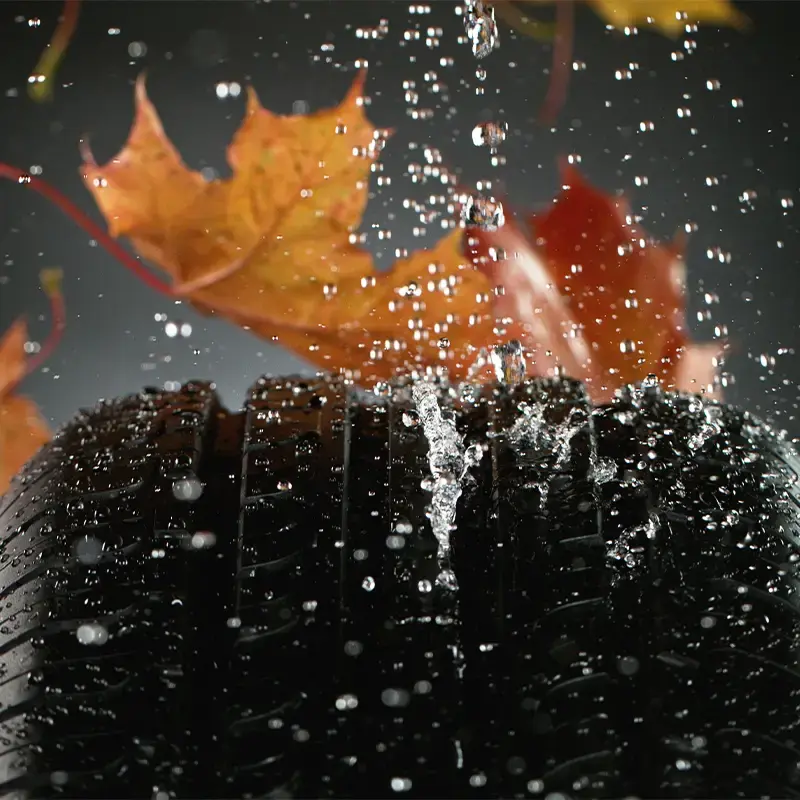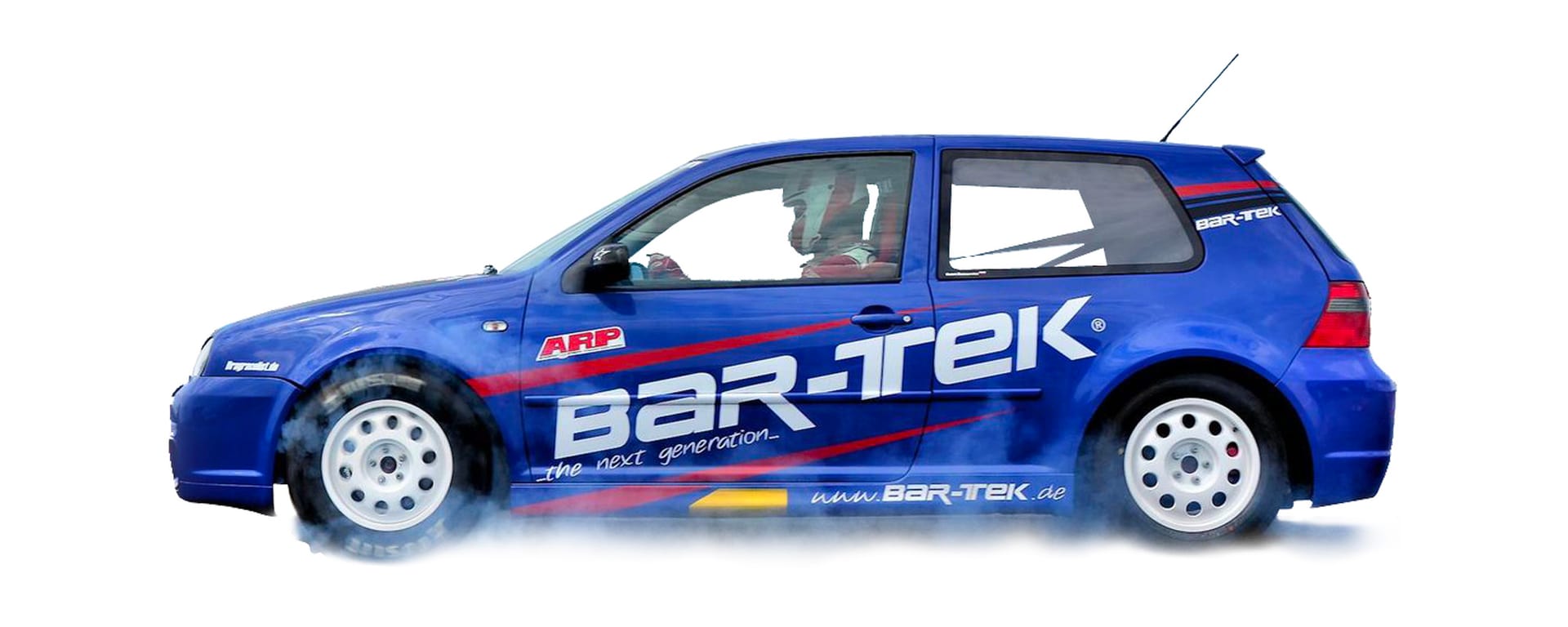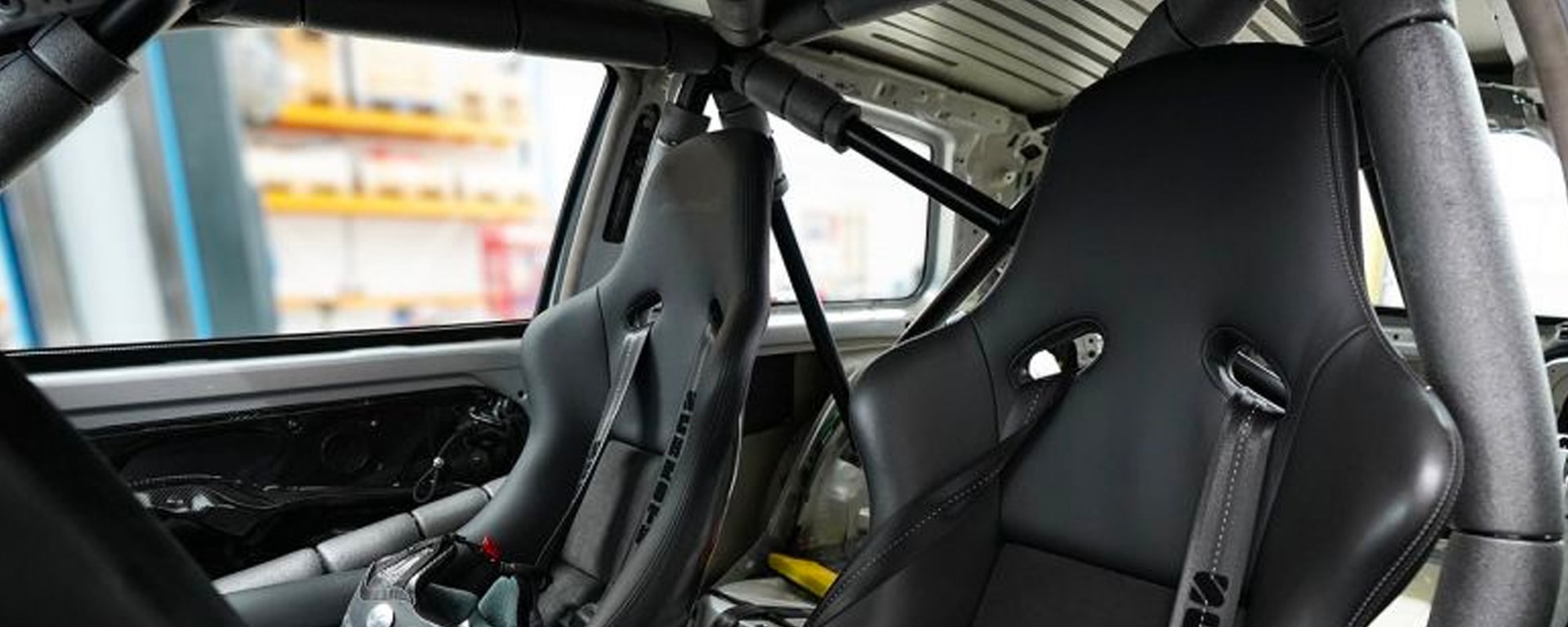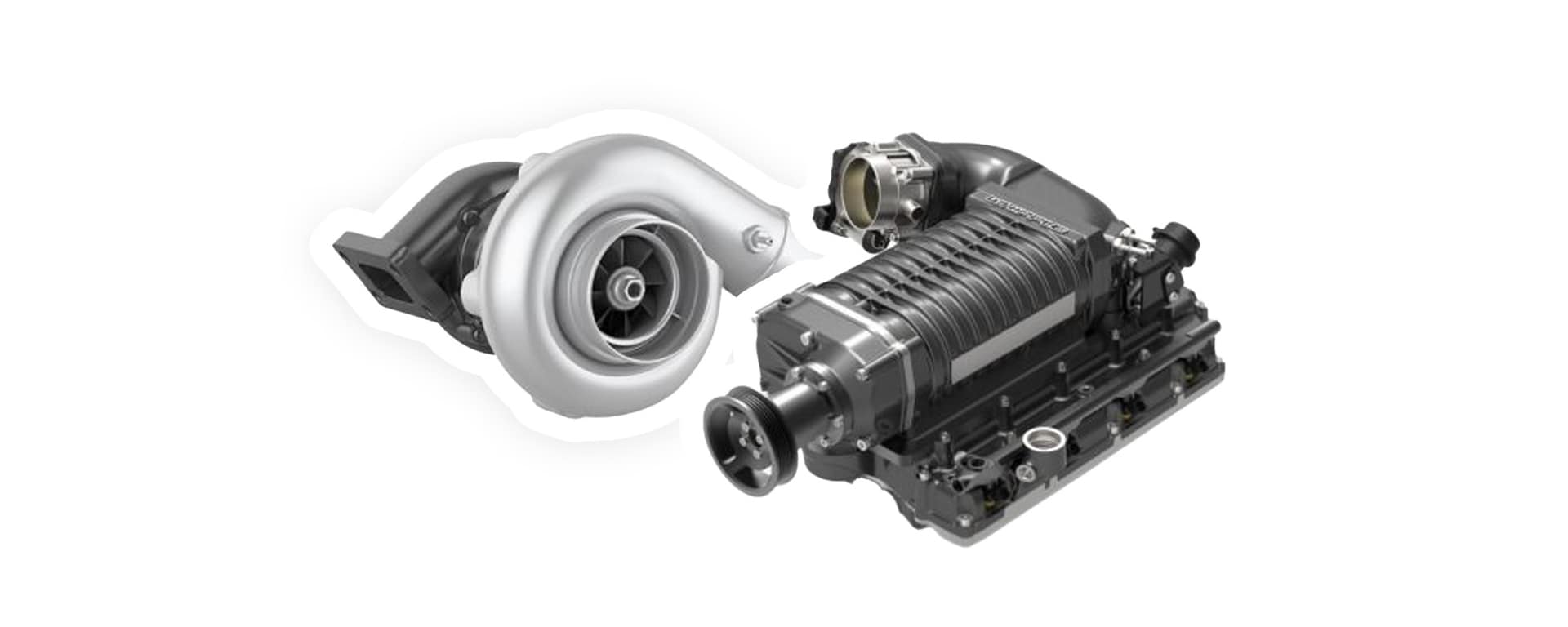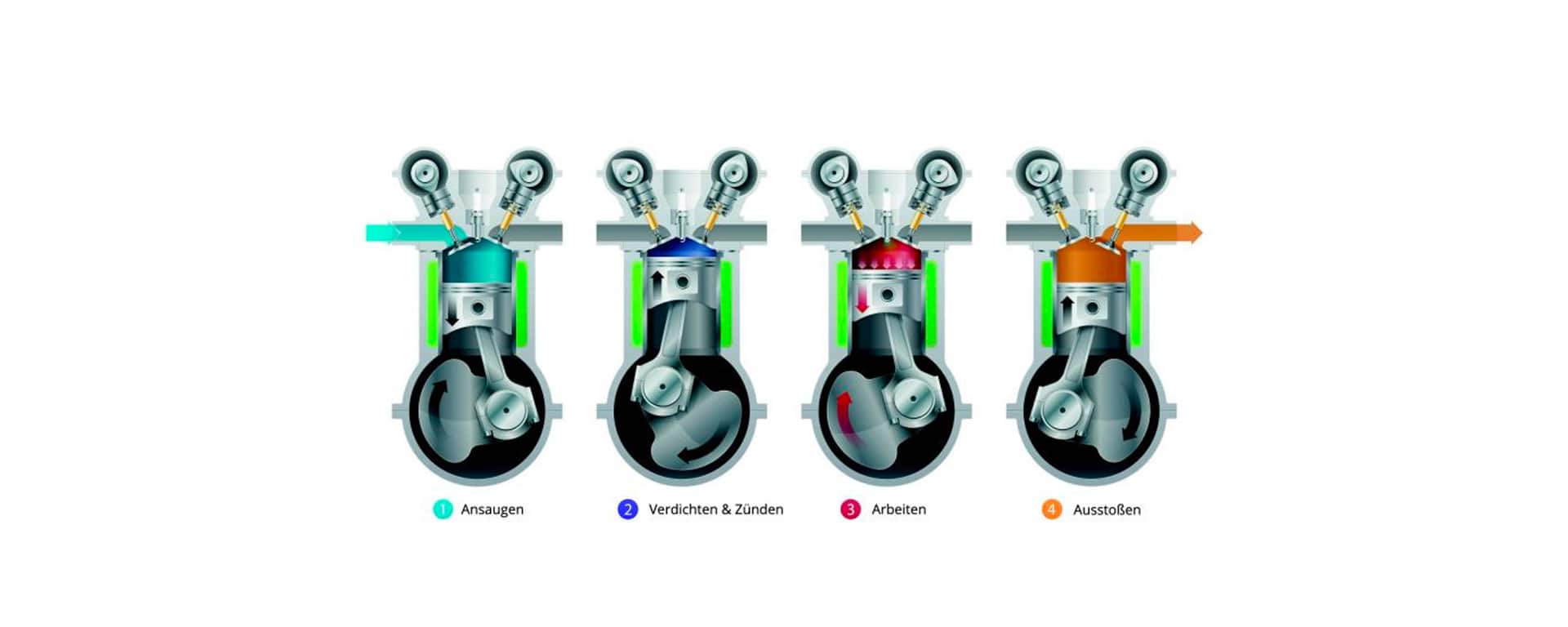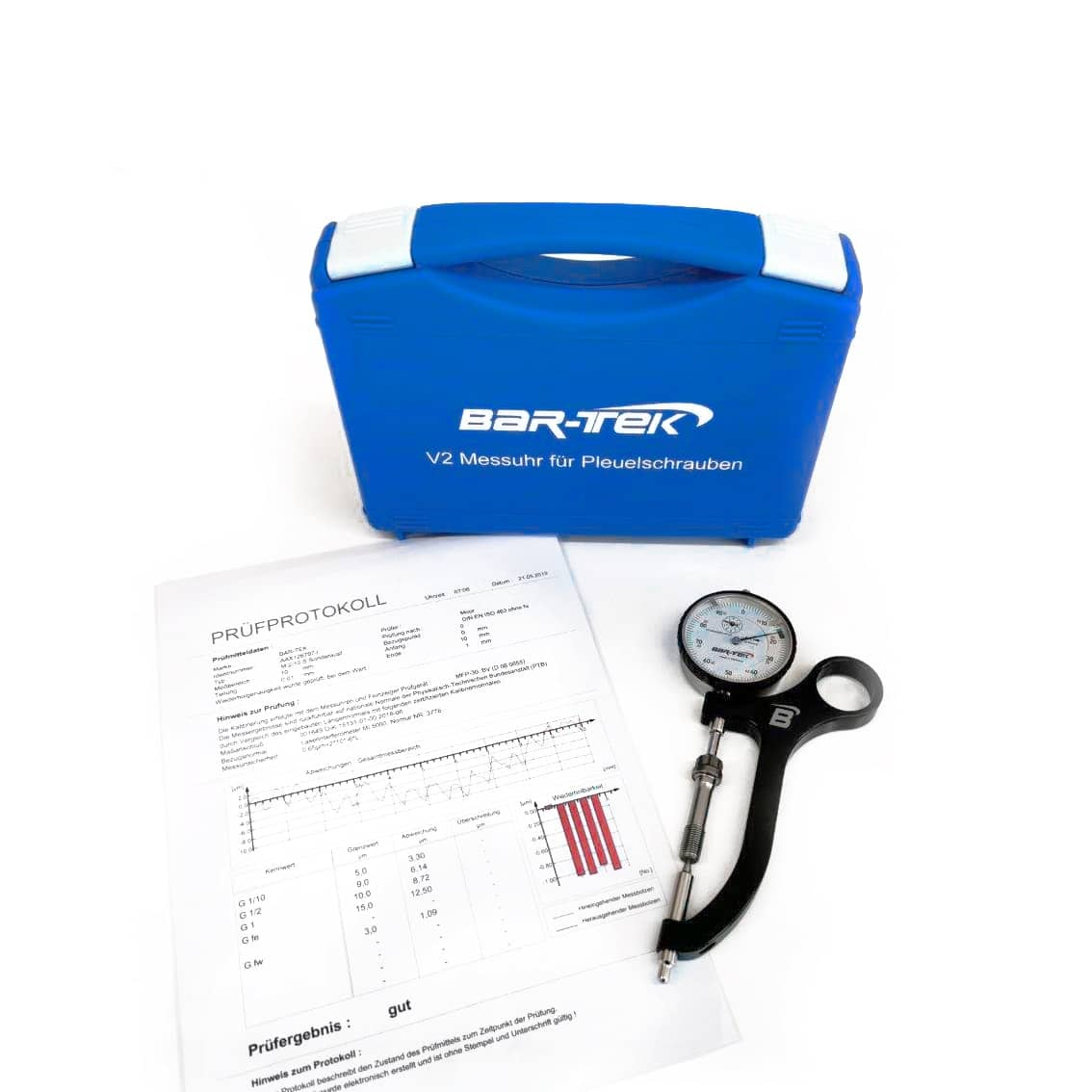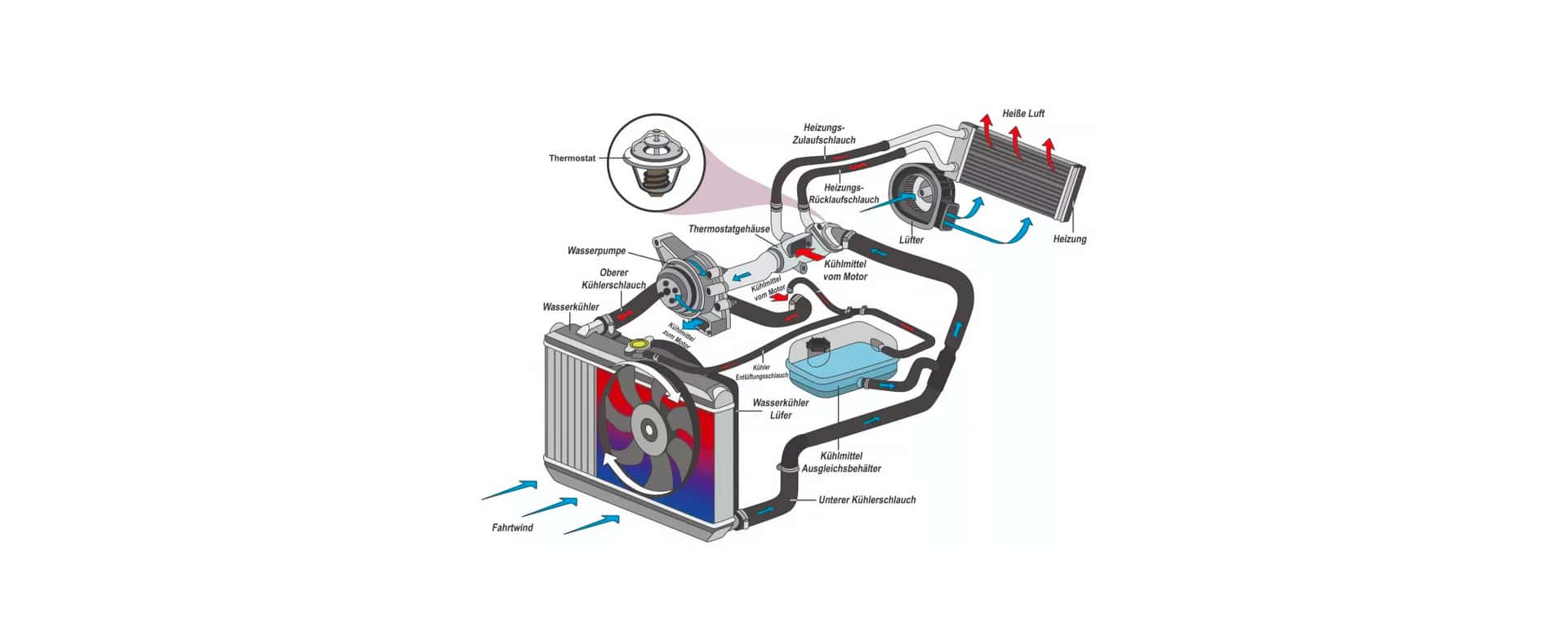

How to increase the durability of your engine
Of course, an engine should always be treated with care. However, this is even more important when you increase the performance of your engine. This is because extreme forces such as heat, friction and other forces affect the engine.
To get the most out of your engine for as long as possible, you should therefore follow the tips on this page. This will ensure that all new parts are run in properly. This includes warming up the engine and, of course, cooling it down. Your newly built racing engine will thank you for it!
- 1. This is how newly installed engines are broken in
- 2. The reason why you shouldn’t “break in” your engine in idle mode
- 3. Tuned engines have a shortened service life
- 4. High speeds and rotating into the speed limiter are extremely harmful
- 5. This is why you should always warm up and cold start your engine
- 6. Launch control, anti-lag, water injection, acceleration race and other play toys
- 7. Service intervals must be shorter
- 8. Auxiliary systems also have their limits
- 9. Putting into operation a newly built engine
- 10. Any questions about proper care of the engine?
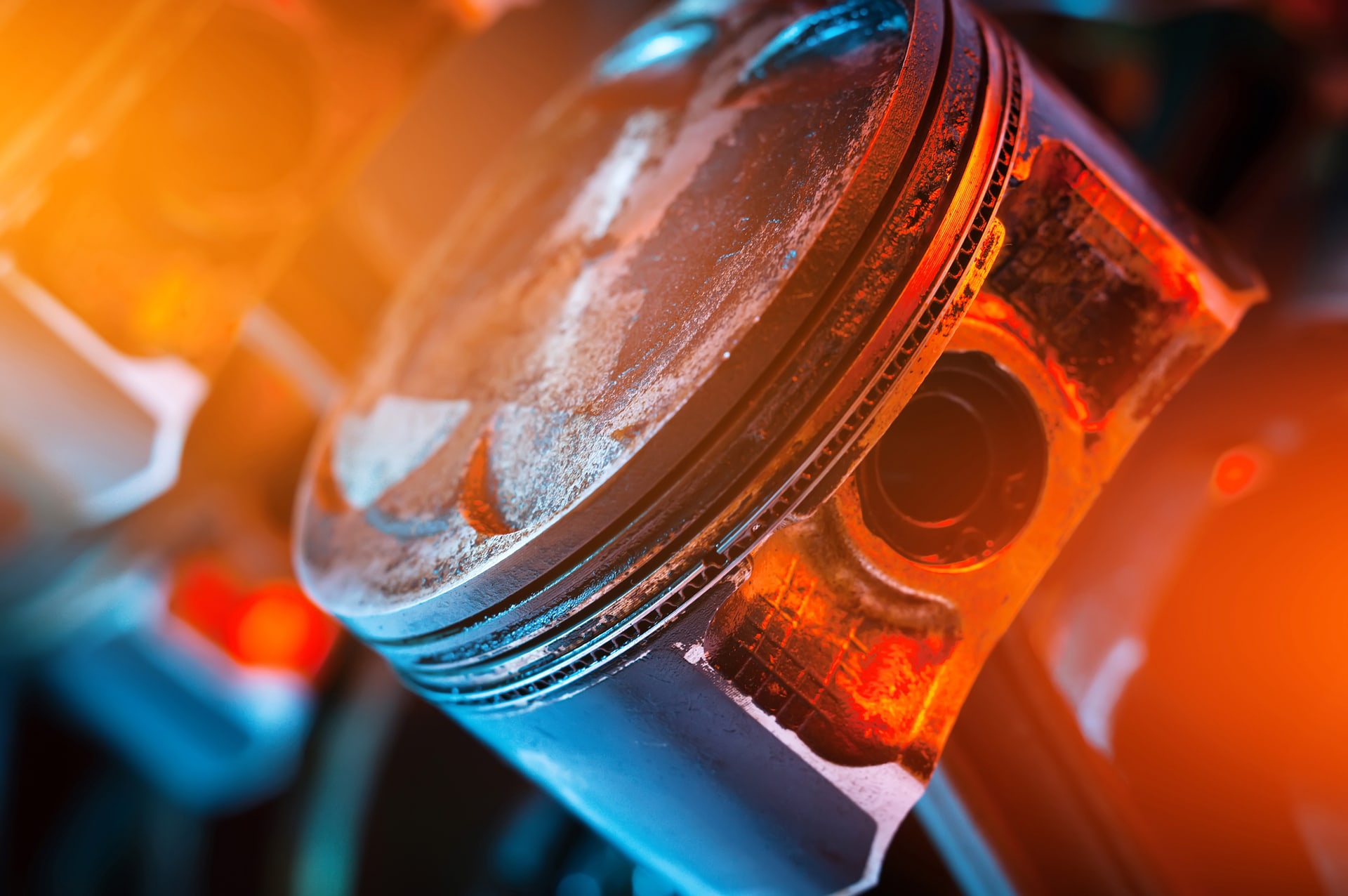
High speeds and rotating into the speed limiter are extremely harmful
The higher the engine speed, the greater the stress and thus the wear. This means the service life of the engine becomes shorter with increasing speed or an increased frequency of high speeds.
This is why you should always warm up and cold start your engine
With a cold start of the engine, in particular, various components, e.g. pistons, bearings, and lubricants, are not yet at operating temperature. Therefore high speeds (above 3,000 rpm) must be avoided in the warm-up phase. Only starting from an oil temperature of over 80°C can the engine be brought to higher speeds. The oil temperature should not exceed 110°C. The ideal measuring point for the oil temperature is in the engine block and not on external points such as the oil cooler, for example. The cooling water temperature is equally important. You should always keep an eye on it, and it must not be in the red range.
A proper cooling down phase of the engine is also crucial. Especially at warm ambient temperatures and/or after fast driving, e.g. on the race track, the engine should not be switched off directly! The engine must initially be cooled down by driving in the lower speed range and/or by idling the engine. Both the oil and the water temperature should be brought to a level of approx. 80°C before the engine is switched off. Among other reasons, this is done to protect the internal components as well as the turbocharger and avoid damage caused by overheating (idling heat), for instance.
This also means that driving short distances (e.g. five minutes to the bakery) is harmful for any engine since the operating temperature is not reached. The installation of a pre-heating system is recommended here, so as to shorten the warm-up phase. Engine starts at low outside temperatures must always be avoided.
Launch control, anti-lag, water injection, acceleration race, and other play toys
A number of features are available in order to boost engine performance or improve the response of the engine or turbocharger. They include, among others, launch control, anti-lag, water injection, etc. All these functions are extremely harmful to the engine and other components. In no time they can result in unforeseeable damage, up to the total failure of the engine. They originate from car racing, where engines and race cars have been built exclusively for one race. In-car racing, peak performance is retrieved in a very short time. Money is usually no object, and engines and vehicles are completely replaced by new components after the race.
Service intervals must be shorter
In tuned engines, the usual wear parts such as spark plugs, engine oil, ignition coils, bearing shells, cam belts, or chains must be replaced earlier. The stress on these components is significantly higher with increasing engine power, so their service life is also quite a bit shorter. We recommend having the engine serviced at the latest after 5,000 km.

























































































